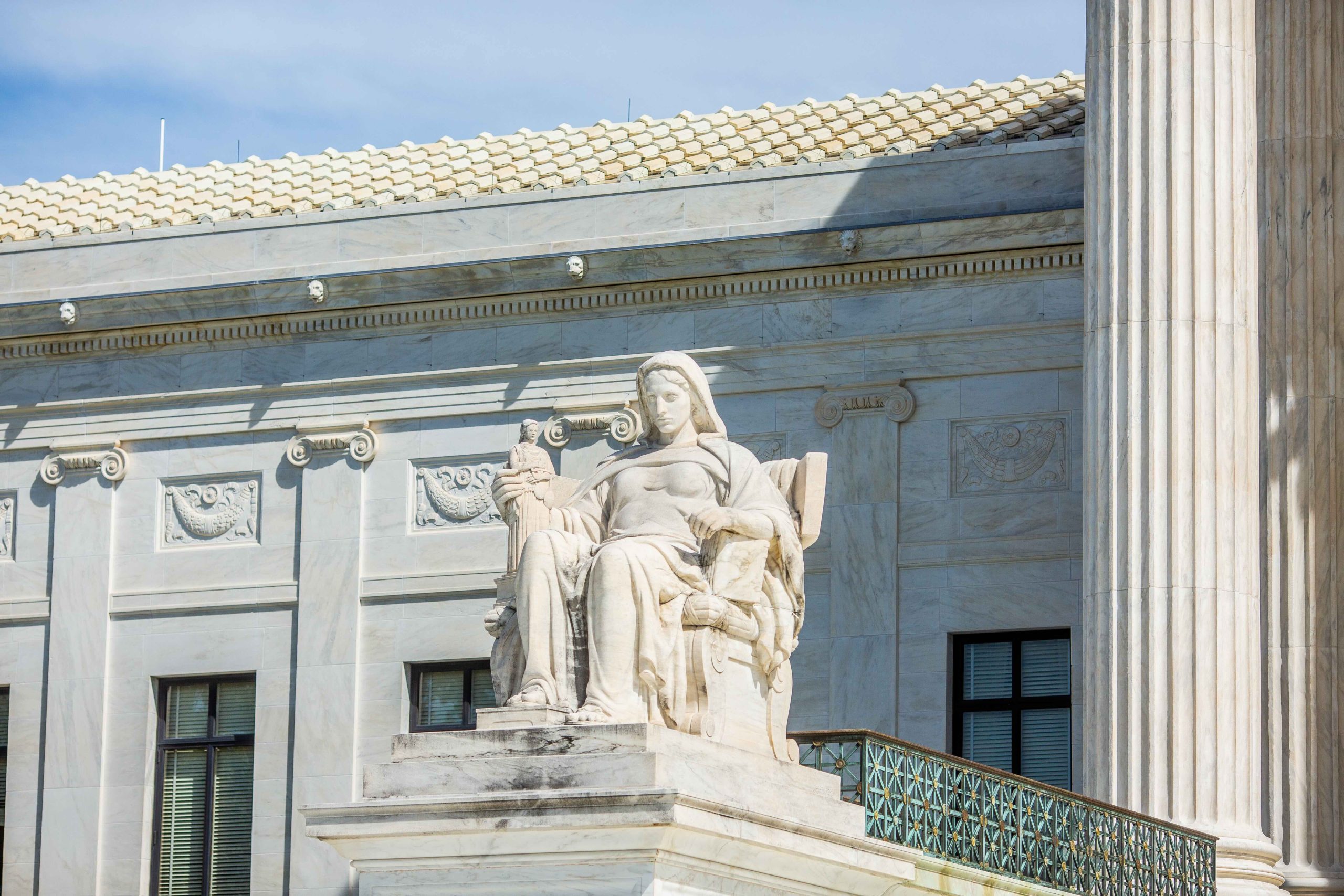The state of the death penalty


As the justices make their final preparations this week for the start of the 2025-26 term, they’ll also address the latest request for a stay of execution.
Victor Tony Jones was sentenced to death in 1993 after being convicted of killing Matilda and Jacob Nestor in December 1990, and he is scheduled to be executed on Tuesday at 6 p.m. EDT. He has asked the court to block his execution to give the justices time to take up his case and hear oral arguments.
So far this year, the court has not granted a single request to postpone an execution. If that pattern continues this week, Jones will become the 34th person executed this year, which will likely prompt additional debate about the recent surge in executions and the Supreme Court’s role in it.
Capital punishment today
For much of the past decade, the story of the death penalty in the United States has been about decline. 2015 was the first year in nearly 25 years that fewer than 30 people were executed, and the annual total continued to fall from there, reaching a low of 11 in 2021, according to the Death Penalty Information Center.
Multiple factors fueled the drop in executions, including a national debate over whether the drugs used for lethal injections were working as intended and over the costs and availability of such drugs.
The Biden administration in 2021 imposed a three-year moratorium on federal executions to assess the use of the death penalty in federal cases. Shortly before leaving office, Attorney General Merrick Garland extended the moratorium. Citing concerns that a drug commonly used in executions, pentobarbital, was causing “unnecessary pain and suffering,” Garland ordered changes to the federal government’s lethal injection protocol. States like Tennessee paused executions over the same period to explore issues with obtaining and using lethal injection drugs.
When President Donald Trump returned to office earlier this year, he made resuming the death penalty a priority. Hours after his second inauguration on Jan. 20, Trump signed an executive order titled “Restoring the Death Penalty and Protecting Public Safety,” which ended the Biden administration’s moratorium on federal executions. In the order, Trump described capital punishment as “an essential tool for deterring and punishing those who would commit the most heinous crimes and acts of lethal violence against American citizens.”
This year has subsequently seen the highest number of executions in approximately a decade, at 33 as of Tuesday morning. Florida, in particular, has played a significant role in 2025’s execution surge.
If executed on Tuesday, Jones would become the 13th person put to death in the state this year. Florida’s previous high over the decades since the Supreme Court restored the death penalty in 1976 was eight in 2014; the state’s total for 2025 will likely reach 15 by the end of December.
The death penalty and the Supreme Court
The principal way the court deals with death penalty cases is through emergency stay applications. In such cases, litigants on death row seek a reprieve from the court shortly before their scheduled execution.
These requests are rarely viewed favorably by the justices. As noted above, the court has not granted any requests for a stay of execution this year, although it’s received more than 30 such emergency applications. In fact, it has not granted one since July 2024 (discussed below), according to SCOTUSblog’s interim docket records.
When the court denies a request for stay, it typically does so without providing an explanation, as is typical for cases on the emergency docket. Sometimes, there are noted dissents, but that too is rare.
When the justices do delay a planned execution, it’s typically to give themselves more time to consider whether to hear oral argument on the underlying issues. That’s what happened in July 2024 when the court paused the execution of Ruben Gutierrez and then went on to take up his case on the merits docket.
Upcoming merits case
As noted by Daniel Harawa in a July SCOTUSblog post, this year’s unbroken streak of denials on the emergency docket stands in contrast to recent opinions of the court on issues related to the death penalty.
During the 2024-25 term, the justices ruled in favor of death row inmates in three cases – Andrew v. White, Glossip v. Oklahoma, and Gutierrez v. Saenz – by either asking a lower court to reconsider their claims or ordering a new trial.
In the term ahead, the court will again weigh in on the administration of the death penalty. In Hamm v. Smith, the justices are considering how courts, when presented with multiple IQ scores, should determine whether a capital defendant is so intellectually disabled that he may not be executed.
Initially, the court set the case for argument on Tuesday, Nov. 4, but it has since changed the November sitting schedule to accommodate argument in the tariffs cases. Hamm v. Smith was dropped from the November calendar and presumably will be rescheduled for early December.
By the time the justices hear argument in that case, as many as 10 more executions may have taken place, according to the Death Penalty Information Center and the Associated Press, bringing the total for 2025 to 43. That would be the most executions since 2012.
Posted in Court Analysis
Cases: Glossip v. Oklahoma, Andrew v. White, Gutierrez v. Saenz, Hamm v. Smith (Capital Punishment), Jones v. Florida